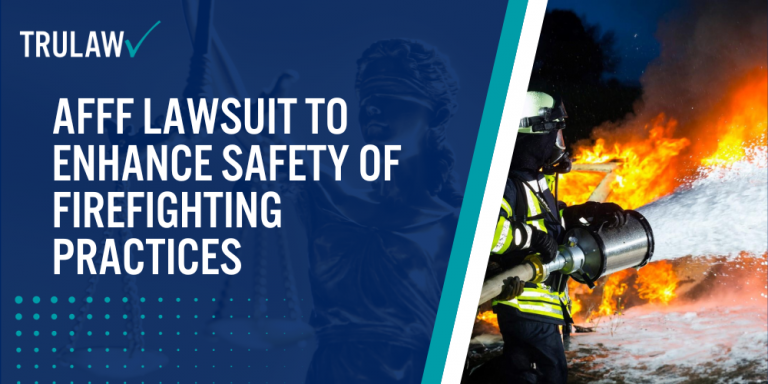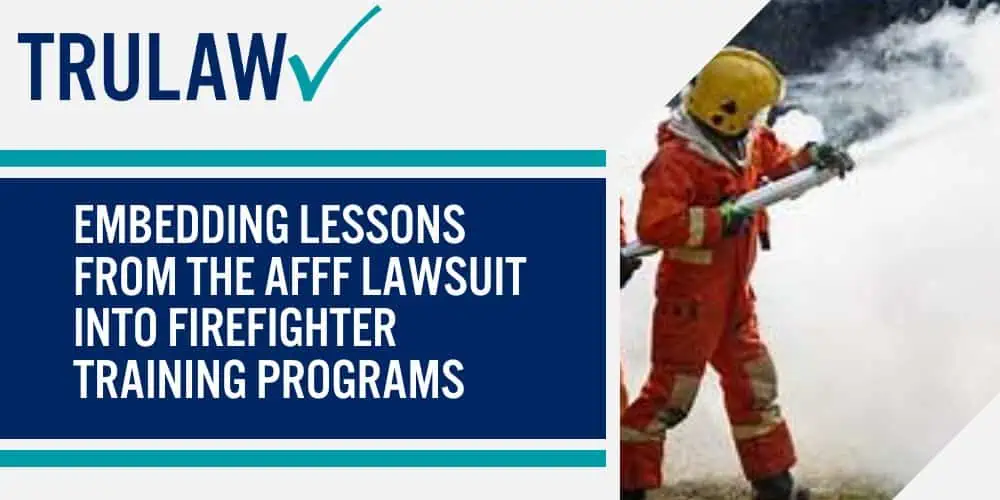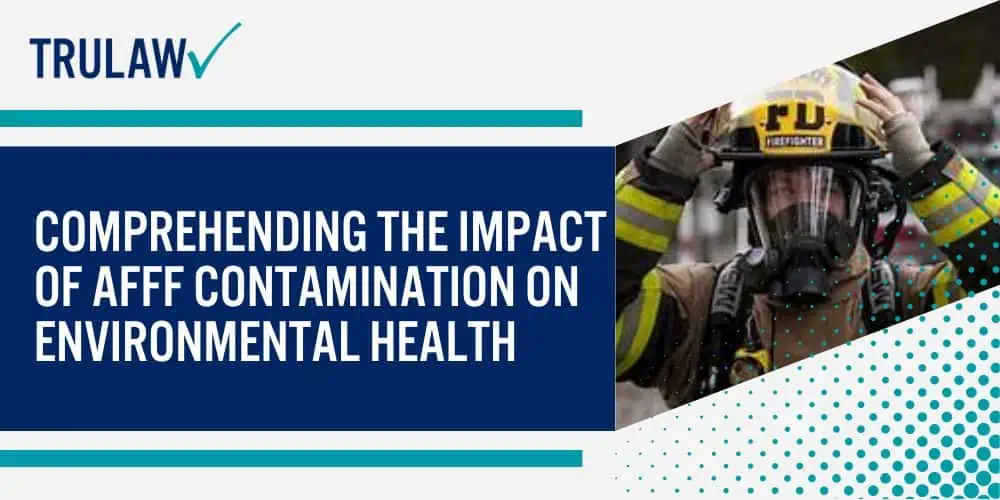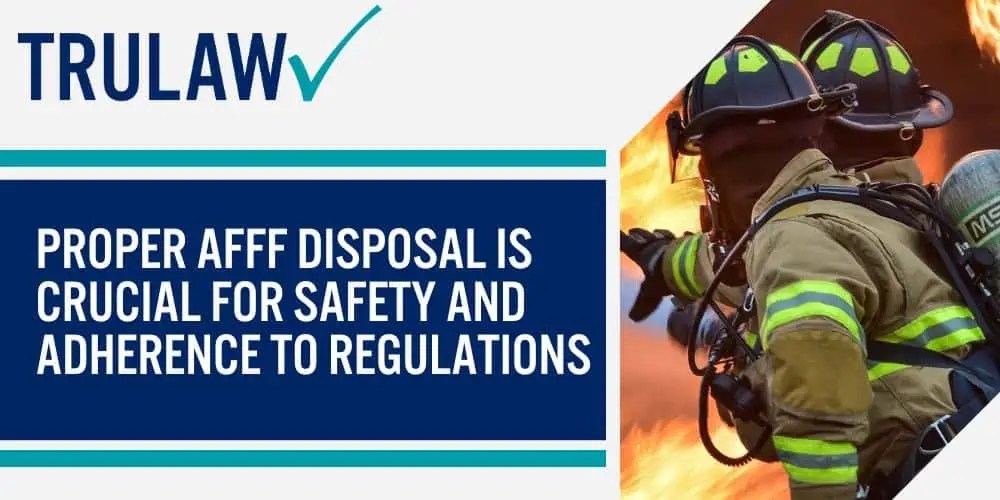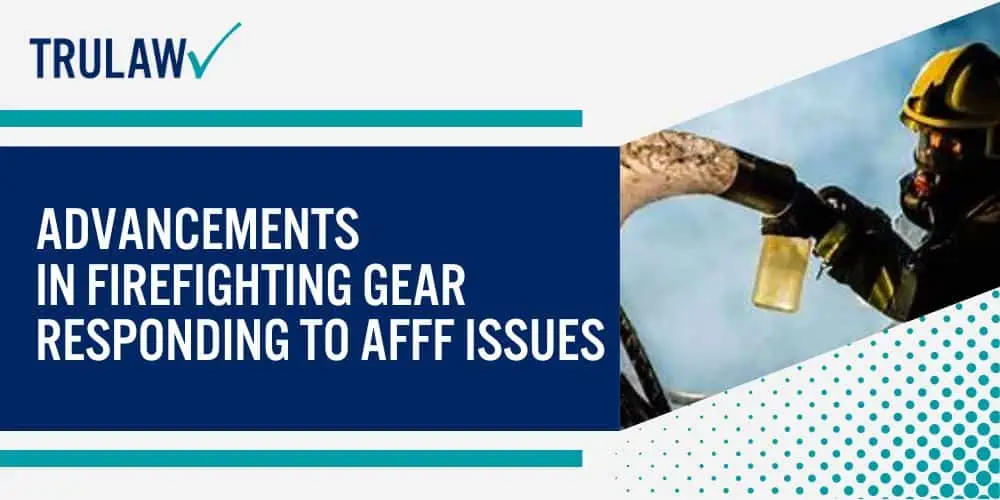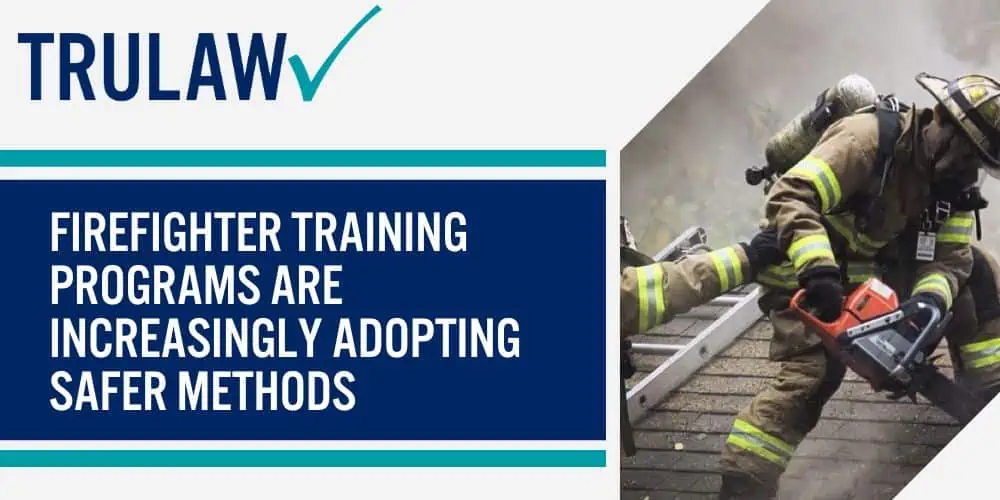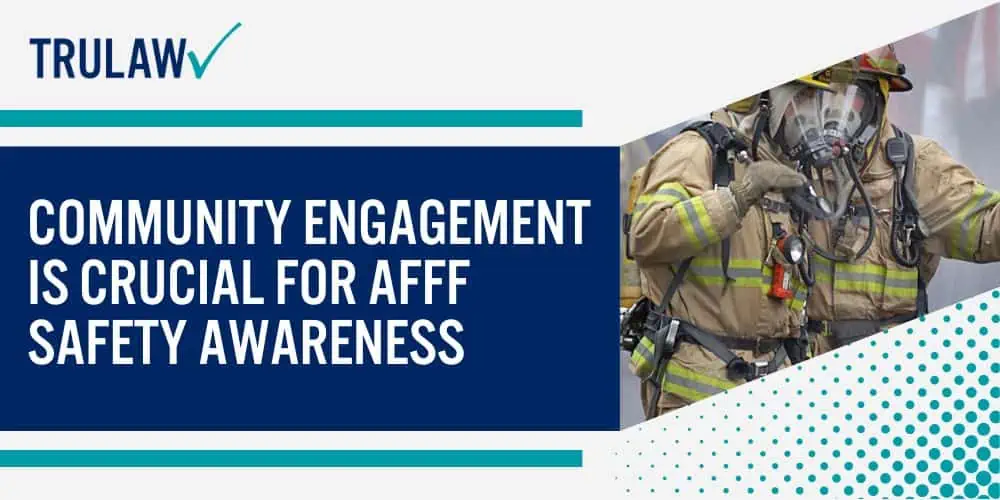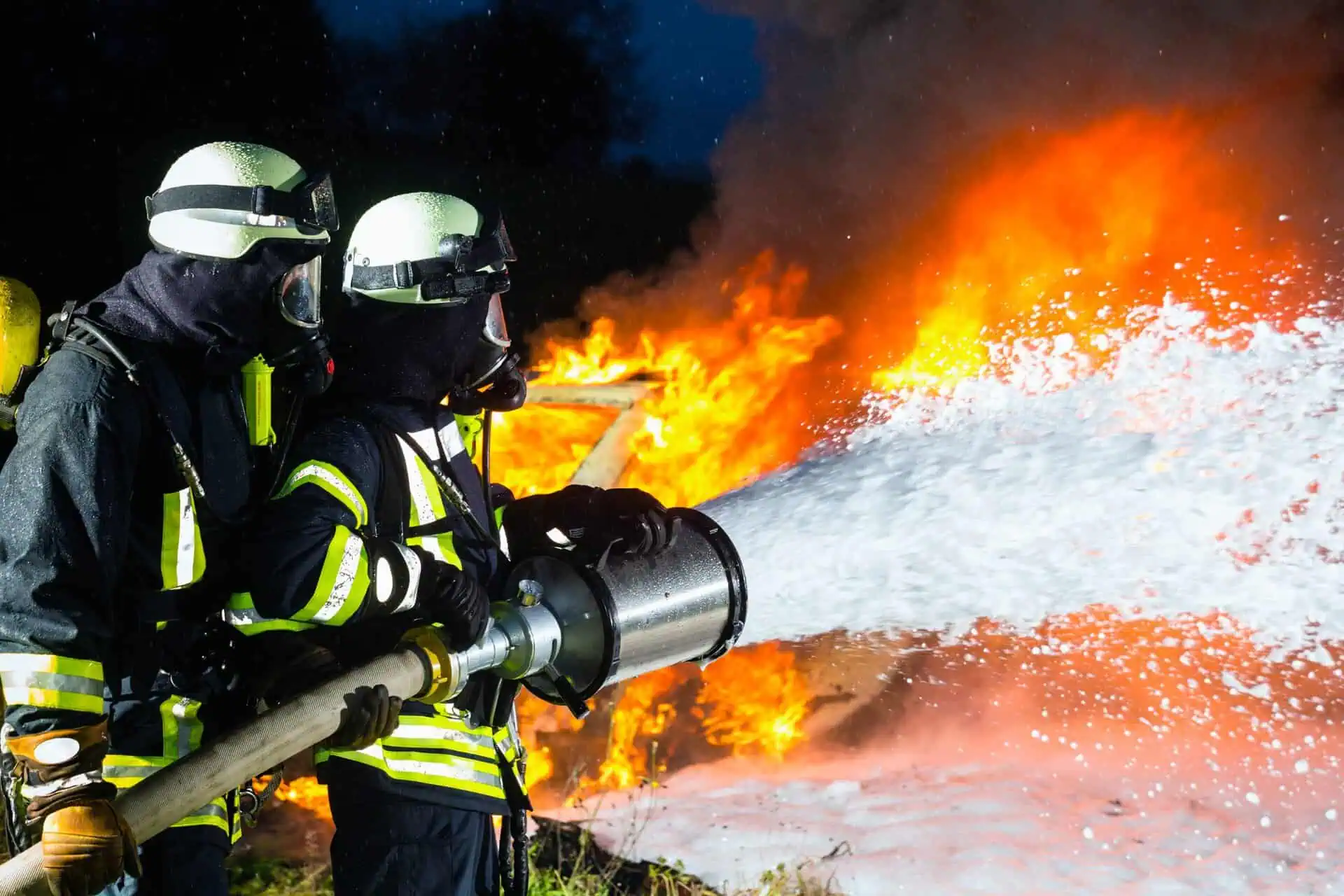Recognizing the health risks associated with Aqueous Film Forming Foam (AFFF), researchers and scientists have developed safer alternatives for combating liquid fuel fires.
Some of these substitutes even surpass AFFF in firefighting effectiveness, posing fewer threats to health and the environment.
Innovations rapidly lead us towards PFAS-free foams, significantly lowering the potential toxicity for firefighters and those exposed during a fire.
Among these innovations, fluorine-free foams stand out due to their superior balance of safety and efficacy.
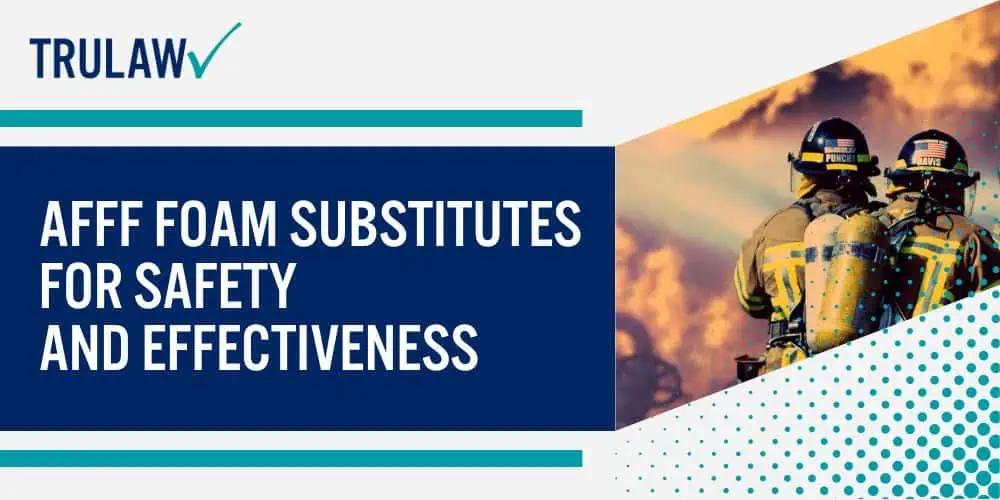
These novel firefighting agents do not contain any PFAS compounds, alleviating many environmental or health concerns linked to traditional AFFF use.
Firefighting equipment advancements also facilitate the transition from conventional strategies by accommodating new foam technologies without compromising efficiency or risk management.
Exploring AFFF Substitutes: Safety and Effectiveness
In an effort to prioritize safety, researchers are tirelessly investigating non-toxic alternatives to Aqueous Film Forming Foam (AFFF).
These alternatives can potentially reduce dangerous exposures for firefighters and limit environmental impact.
The safe alternative GreenFire Firefighting Foam (GFFF), a Class B foam, has a proven track record of extinguishing fuel fires on ships and airplanes without toxic implications.
The effectiveness of fluorine-free replacements for AFFF is another significant area of study.
Despite their reduced environmental footprint, these substitutes must still display robust firefighting capabilities.
Substantial testing protocols evaluate each product’s fire suppression efficiency, ensuring that new solutions can confidently replace traditional foams in high-risk scenarios.
Efforts are compounding to identify safer options and fully grasp the health effects of AFFF exposure.
Comprehending these symptoms will inform future protective measures and contribute to establishing more secure firefighting practices across the industry.
Comparing AFFF Alternatives: A Comprehensive Analysis
In light of the AFFF lawsuits, a comprehensive analysis of its alternatives is crucial.
It’s important to note that these alternatives must meet legal requirements and safety standards in light of the AFFF lawsuits.
Moreover, manufacturers must ensure their products do not pose health risks like AFFF, which has been linked to different types of cancer.
Manufacturers like 3M and DuPont face allegations of knowingly selling carcinogenic AFFF, further emphasizing the need for safer alternatives.
Transitioning to Safer Firefighting Agents: Challenges and Solutions
Switching to safer firefighting agents, such as fluorine-free foam (F3), isn’t difficult.
Firefighting teams face multiple hurdles in this transition, from finding efficient alternatives to the traditional AFFF Foam Cancer to adapting their tactics and techniques for these new tools.
Due to property variances, F3 foams require different handling strategies than their AFFF counterparts.
Training firefighters on these changes is vital yet challenging, especially considering the urgency of their profession.
The solutions require a collective effort amongst several parties.
Manufacturers must continue developing effective and safe substitutes for AFFF that meet fire suppression needs while posing minimal risks to health and the environment.
Regulatory measures are necessary, too, pushing for standards that consider both the effectiveness and safety of newer firefighting agents.
Simultaneously, increased investment in firefighter education can ensure preparedness to use these alternatives during emergencies, preventing potential mishaps and ensuring optimal performance.
